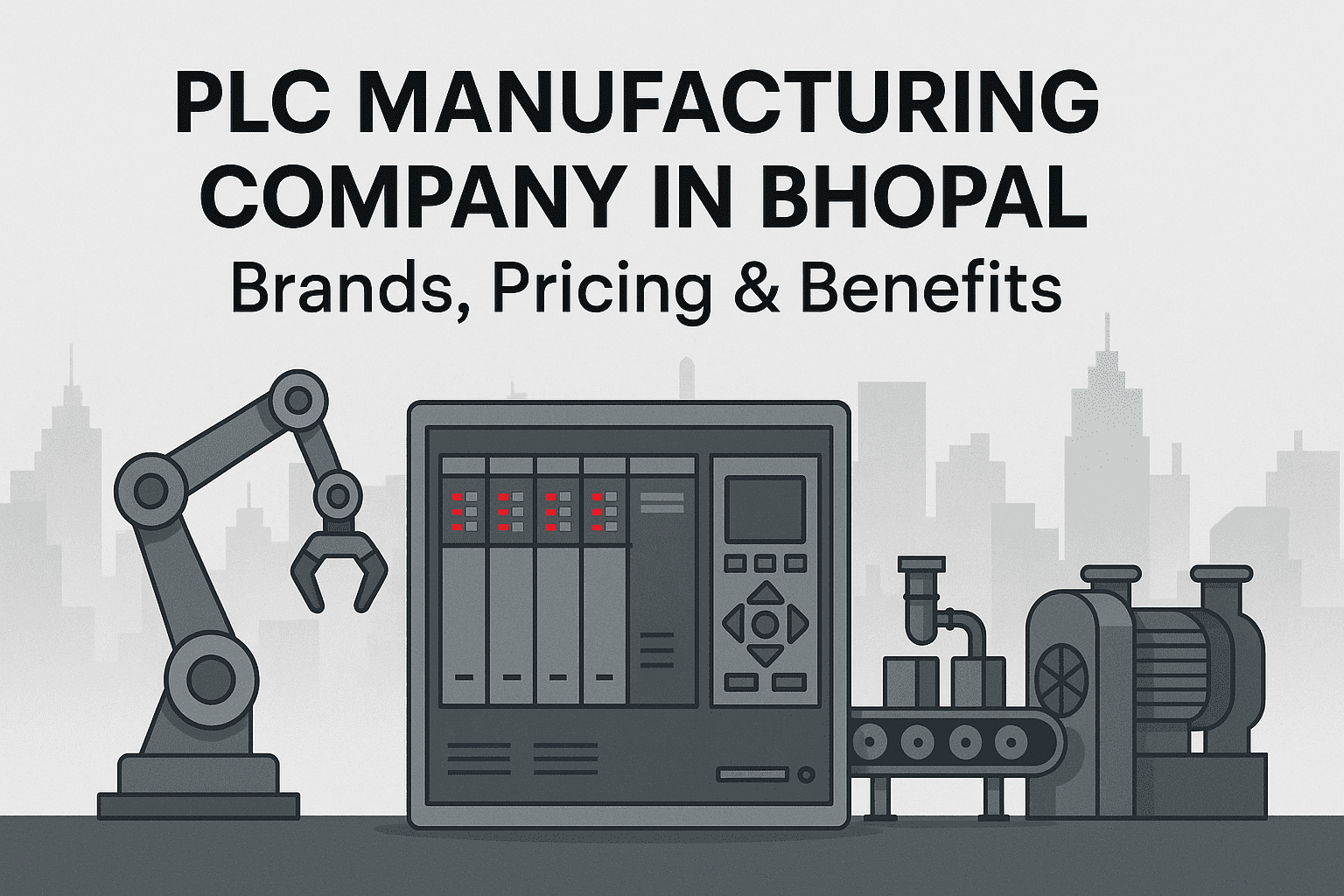IoT data processing plays a critical role in modern industries where connected devices generate vast amounts of real-time information. Businesses need efficient ways to manage, analyze, and utilize this data to optimize performance, improve decision-making, and enhance automation. Traditional centralized processing models often struggle with latency and bandwidth limitations, leading to inefficiencies in data handling.
Cloud and edge computing have emerged as key solutions to process IoT data more efficiently. While cloud computing enables scalable storage and remote access, edge computing ensures faster response times by processing data closer to the source. Combining these technologies allows businesses to maximize the benefits of IoT, leading to improved operational efficiency and security. Aknitech Automation integrates these advanced computing methods to provide businesses with seamless data processing solutions that enhance real-time analytics and automation.
The Role of Cloud Computing in IoT Data Processing
Cloud computing provides a centralized approach to managing large-scale data from IoT devices. Connected sensors, smart machines, and industrial systems continuously send information to cloud servers, where it is stored, analyzed, and processed. This enables businesses to access real-time insights without the need for on-premises infrastructure.

Benefits of Cloud Computing in IoT
- Scalability – Cloud platforms allow businesses to scale their storage and computing power based on demand. This ensures that organizations can handle increasing data loads without investing in costly hardware.
- Remote Accessibility – Cloud-based solutions enable businesses to access and manage IoT data from anywhere, making remote monitoring and automation possible.
- Advanced Analytics – Cloud computing supports AI-driven analytics and machine learning models, providing actionable insights for predictive maintenance, process optimization, and energy efficiency.
- Cost Efficiency – Businesses can reduce infrastructure costs by utilizing cloud storage and computing services instead of maintaining expensive on-site servers.
Despite these advantages, cloud computing introduces challenges such as increased latency and dependency on network connectivity. This is where edge computing complements cloud-based processing by handling data closer to its source.
The Role of Edge Computing in IoT Data Processing
Edge computing brings data processing closer to IoT devices, reducing the need to transmit large volumes of information to centralized cloud servers. This enhances real-time response capabilities, lowers latency, and improves network efficiency.
Benefits of Edge Computing in IoT
- Faster Data Processing – By processing information at the edge, IoT systems can analyze and respond to events in real time, improving decision-making speed.
- Reduced Latency – Edge computing minimizes delays by handling data at the local level instead of relying on cloud servers for every action. This is crucial for applications that require instant responses, such as industrial automation and smart traffic management.
- Bandwidth Optimization – Processing data locally reduces the volume of information sent to the cloud, leading to improved network efficiency and lower operational costs.
- Improved Security – Storing and analyzing sensitive data locally reduces the risk of cyberattacks that target cloud-based infrastructure.
Combining Cloud and Edge Computing for IoT Optimization
Businesses achieve the best results by combining cloud and edge computing, leveraging the strengths of both approaches. Cloud computing provides large-scale storage and advanced analytics, while edge computing ensures fast local processing and minimal latency.
Key Use Cases of Hybrid Cloud-Edge Models
- Smart Factories – Industrial automation relies on edge computing to process machine data in real time, ensuring efficient production workflows. Cloud computing supports predictive analytics and long-term trend analysis.
- Healthcare IoT – Wearable medical devices use edge computing for immediate patient monitoring, while cloud computing stores historical health data for AI-driven diagnostics.
- Autonomous Vehicles – Edge computing helps self-driving cars process sensor data instantly, while cloud computing facilitates fleet management and route optimization.
- Smart Cities – Traffic lights, surveillance systems, and energy grids benefit from real-time edge processing combined with cloud-based data storage for long-term planning.
How Aknitech Automation Implements Advanced IoT Data Processing
Aknitech Automation integrates cloud and edge computing into its IoT solutions to help businesses process data efficiently. By implementing secure, scalable, and real-time processing architectures, industries can improve automation, reduce costs, and enhance overall system performance.
Key offerings include:
- Custom IoT data architectures that leverage edge processing for real-time applications and cloud platforms for advanced analytics.
- Secure industrial automation solutions that reduce latency and improve decision-making through localized processing.
- Scalable cloud computing integration to manage growing data demands without infrastructure overload.
- Optimized network configurations that balance computing loads between edge and cloud environments for maximum efficiency.
Conclusion
Efficient IoT data processing is essential for businesses to maximize the benefits of connected devices. Cloud computing offers scalability and remote accessibility, while edge computing improves real-time responsiveness and reduces network congestion. By combining these technologies, industries can optimize data processing, improve security, and enhance automation capabilities. Aknitech Automation provides tailored solutions that integrate these technologies, ensuring seamless, secure, and efficient data management for industrial IoT applications. Businesses that adopt hybrid cloud-edge models will gain a competitive advantage by improving efficiency and minimizing downtime in their operations.







